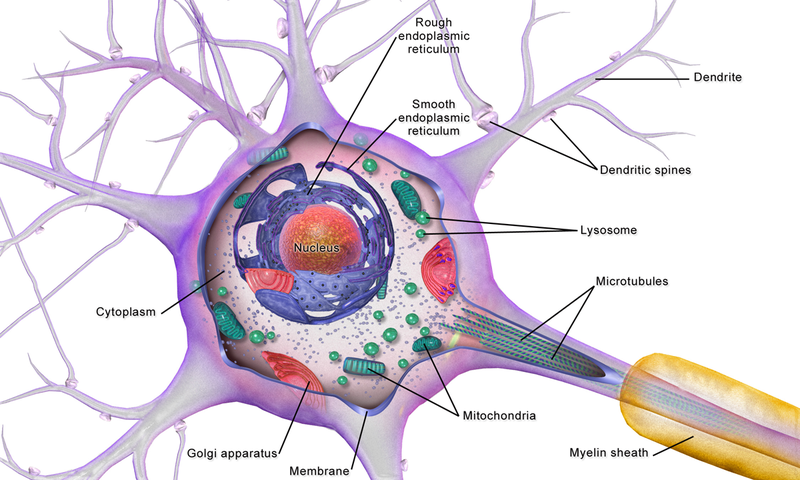We just learned about the
Snake Fangs.
Another part of the snake is the
venom.
The saliva or spit in our mouth is what snakes use in their mouth for venom.
There are different types of venom that can do different things to the body.
Neurotoxins attack the nervous system, and can cause hallucinations (seeing things that aren't real), muscle spasms (muscles move without control), muscle paralysis (can't move), and numbness (can't feel anything).
Cytotoxins attack the cells in the body, and can eat away at skin, fat, muscles, blood or bodily organs.
When the snake bites their prey, they squirt the venom into the prey's body.
The blood in the prey's body then carries that venom all over the body and the snake can eat their prey.

(from: wikipedia -
snake venom)
Kid Facts - Blast from the past: Jack Russell Terrier






